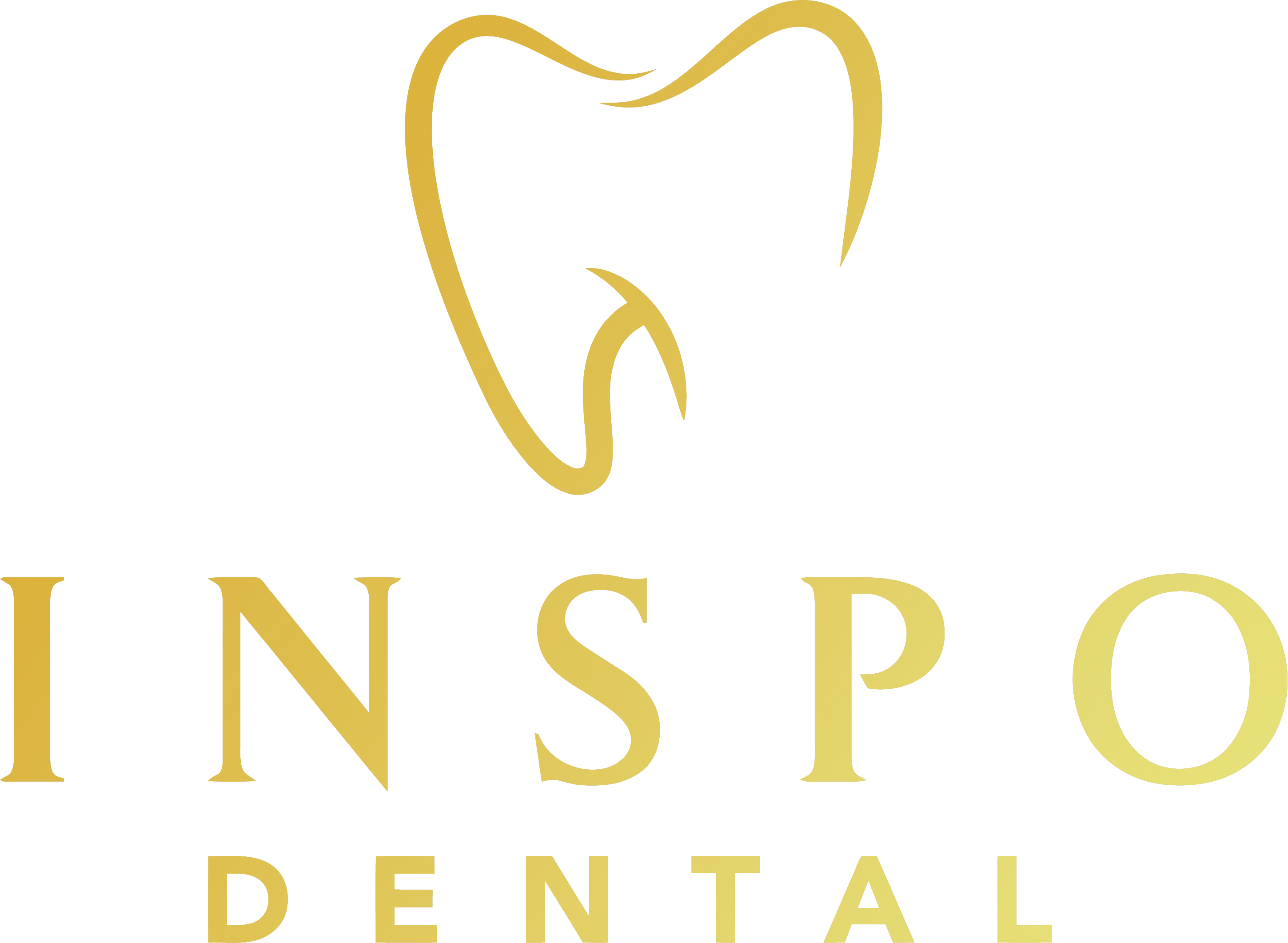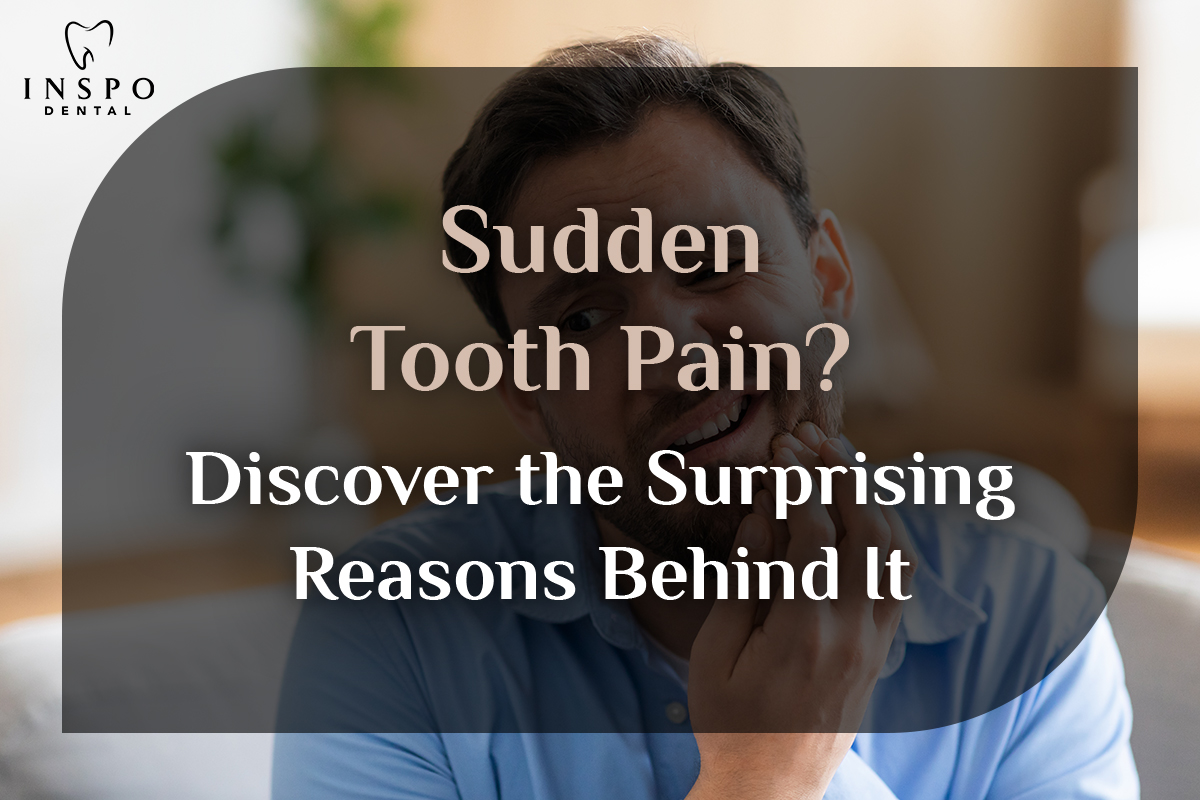Introduction: Bad Breath Isn’t Just a Hygiene Issue
Bad breath—also known as halitosis—can feel like a small issue, but for many, it’s a confidence crusher. Whether it’s avoiding close conversations or popping mints all day, the embarrassment is real. But here’s the kicker: it’s not always about poor brushing or skipping floss. In fact, some causes are surprisingly hidden, biological, or even emotional.
In this article, we’ll break down the most overlooked causes of bad breath and provide practical steps you can take to keep your breath fresh, clean, and socially worry-free.
🔍 Poor Oral Hygiene—Still the #1 Offender
While this one isn’t “sneaky,” it’s still a top contributor to bad breath—and shockingly, most adults don’t floss daily. Plaque builds up and bacteria feast on food particles left behind.
✅ Key causes in this category include:
- Skipping daily brushing and flossing
- Not cleaning your tongue
- Ignoring regular dental visits
- Worn-out or improperly cleaned dentures
✅ Actionable Fixes:
- Brush at least twice daily
- Floss once a day to remove debris between teeth
- Scrape your tongue gently every morning
- Visit your dentist every 6 months
🧠 Stress and Anxiety—A Dry Mouth Disaster
You might not associate your mental state with bad breath, but stress leads to reduced saliva flow, creating the perfect breeding ground for odor-causing bacteria. This is especially common in professionals, students, and high-pressure roles.
✅ Why this matters:
- Saliva neutralizes acids and washes away food
- Less saliva = more bacteria buildup
- Mouth-breathing during anxiety exacerbates dryness
✅ How to manage it:
- Stay hydrated during work hours
- Practice stress-relief techniques (meditation, breathing exercises)
- Chew sugar-free gum to stimulate saliva production
🥗 Your Diet Might Be Secretly Turning on You
Sure, garlic and onions get the blame, but there are other food items that are just as notorious for ruining your breath—yet far more subtle.
✅ Sneaky food-related culprits include:
- High-protein diets (create ketones = foul-smelling breath)
- Coffee (dries out the mouth + strong aroma)
- Alcohol (same as above, plus gut imbalance)
- Sugary foods (feeds bacteria directly)
✅ What to do instead:
- Include fiber-rich fruits and vegetables
- Drink green tea or herbal teas instead of coffee
- Limit alcohol or always follow it up with water
- Eat yogurt to balance gut bacteria
🧪 Hidden Medical Conditions You Shouldn’t Ignore
Some types of bad breath can be a red flag for serious health issues. If your oral hygiene is strong and breath problems persist, it may be time to look deeper.
✅ Conditions linked to chronic bad breath:
- Acid reflux or GERD
- Diabetes (especially uncontrolled)
- Sinus infections or post-nasal drip
- Liver or kidney disorders
- Tonsil stones
✅ Next steps:
- Schedule a full physical and mention the symptom
- Keep a health diary for patterns (certain foods, times of day, etc.)
- Rule out dry mouth medication side effects with your doctor
💤 Not Drinking Enough Water—Yes, It’s That Simple
Mild dehydration is an underestimated culprit behind bad breath. Water helps produce saliva, clear bacteria, and neutralize acid. When you’re dehydrated, everything from your breath to your brain suffers.
✅ Hydration checklist:
- Drink at least 8 glasses of water a day
- Avoid excess caffeine and sugary sodas
- Use a humidifier at night if you breathe through your mouth
✅ Quick hydration hack:
Carry a reusable bottle everywhere and set reminders if needed. Your breath—and skin—will thank you.
🦷 Skipping Tongue Cleaning—The Bacteria Hotspot
Most people overlook this one simple habit: cleaning the tongue. The back of your tongue harbors dead cells, food debris, and thousands of bacteria—all contributing to odor.
✅ How to clean your tongue properly:
- Use a tongue scraper daily (better than a toothbrush)
- Scrape gently from back to front
- Rinse after each pass
- Combine with antibacterial mouthwash
✅ Tongue cleaning takes less than 30 seconds but has massive benefits in preventing bad breath.
🧴 Overusing Mouthwash—Yes, Really
Ironically, some mouthwashes may make your bad breath worse. Many alcohol-based mouthwashes dry out the mouth, creating the exact environment that allows bacteria to thrive.
✅ What to watch for:
- Alcohol-based formulas
- Mouthwashes that only mask odors
- Excessive daily use (2–3 times is enough)
✅ What to use instead:
- Alcohol-free, fluoride-rich mouthwash
- Natural options with tea tree or peppermint oil
- Use mouthwash after flossing and brushing—not instead of
🧬 Gut Health and Digestive Issues
You’ve heard the phrase, “Everything starts in the gut.” That includes bad breath. If your digestion is off, odors can travel back up through the esophagus and out your mouth.
✅ Digestive problems linked to halitosis:
- Acid reflux (especially at night)
- Poor gut bacteria balance
- Constipation
- Undiagnosed food allergies or intolerances
✅ Gut-friendly habits:
- Take a quality probiotic
- Eat fermented foods (like kefir or kimchi)
- Avoid overuse of antibiotics
- Practice mindful eating and proper chewing
😴 Mouth Breathing During Sleep
Breathing through your mouth while sleeping, especially with conditions like sleep apnea or chronic snoring, leads to severe dry mouth and terrible morning breath.
✅ Why this matters:
- Saliva production slows at night
- Mouth breathing accelerates dryness
- Bacteria multiply unchecked
✅ Preventive actions:
- Use nasal strips if snoring is the issue
- Try a humidifier
- Discuss sleep apnea symptoms with a specialist
🚭 Smoking and Vaping—Still Big Offenders
While not as “sneaky” as others, many overlook how long-lasting the effects of smoking and vaping are on your breath—even long after you’ve quit.
✅ How they affect your breath:
- Dry out your mouth
- Introduce harsh chemicals
- Cause gum disease and tooth decay
- Mask real oral health issues
✅ Solutions:
- Seek smoking cessation support
- Increase hydration and oral hygiene
- Visit a dentist to reverse damage where possible
🧯 Breath Fresheners: A Temporary Mask, Not a Cure
Many people rely on mints, sprays, and flavored chewing gums as a quick fix for bad breath. While these products can be helpful in the moment, they often mask the odor rather than eliminate the cause.
Why They Fall Short:
- They only provide surface-level freshness for a short time.
- Sugary breath mints may feed bacteria and worsen the problem.
- Sprays may contain alcohol, which dries out the mouth.
✅ Smart Alternatives:
- Use sugar-free gum with xylitol (which actually fights bacteria).
- Choose natural breath sprays with essential oils like eucalyptus or cinnamon.
- Prioritize long-term prevention over quick cover-ups.
Remember, fresh breath comes from within, not just from your purse or pocket.
🧴 Fragranced Lipsticks, Lip Balms & Face Creams—An Overlooked Source?
It might surprise you, but products you apply near your mouth can alter the perception of your breath. Some strongly scented lipsticks, balms, or moisturizers can mix unpleasantly with natural oral odors, giving the illusion of bad breath—even when your mouth is clean.
How This Happens:
- Synthetic fragrances can become cloying or turn sour when exposed to heat or bacteria.
- They may interact with food residue or drinks to create off-putting smells.
✅ What to Try:
- Switch to unscented or naturally fragranced lip products.
- Avoid layering multiple scented products around the mouth.
- Stay aware of how scents might amplify oral odor instead of hiding it.
🥶 Cold Weather, Heaters & Winter Mouth Dryness
Seasonal changes can silently impact your breath. During winter, indoor heating systems reduce humidity in the air, which leads to dry mouth and increased bacterial activity—a breeding ground for foul odors.
What Happens During Cold Months:
- People tend to drink less water in cold weather.
- Heaters dry out the air, reducing salivary flow.
- You might breathe through your mouth more due to nasal congestion.
✅ What You Can Do:
- Use a humidifier in your bedroom or workspace.
- Stay on top of your water intake—even if you don’t feel thirsty.
- Keep lips and nasal passages moisturized with balms and saline sprays.
🧺 Bad Breath From Clothing or Face Masks
During the pandemic and even post-pandemic, face masks revealed a startling truth for many—you notice your breath more when it’s trapped. But beyond that, bad odors can cling to face masks, scarves, or even shirt collars, contributing to the problem even after brushing.
Factors to Consider:
- Masks and scarves absorb moisture and harbor bacteria over time.
- Improperly washed face coverings can retain odors.
- Your breath may seem worse than it is because you’re exhaling into a confined space.
✅ Quick Tips:
- Always wash reusable masks after each use.
- Use natural fabric sprays with antimicrobial properties.
- Replace old scarves or fabrics that retain odor.
🏃♂️ Breath Odor During Workouts
If you’ve ever caught a whiff of your own breath during a gym session, you’re not alone. Exercising intensifies breathing, and many people switch to mouth-breathing when running or lifting weights.
What’s Really Going On:
- Mouth-breathing leads to dry mouth mid-exercise.
- Saliva production drops during physical exertion.
- Pre-workout protein shakes or energy drinks can leave behind fermenting residues.
✅ Workout Breath Fixes:
- Rinse your mouth with water after your shake or snack.
- Breathe through your nose when possible.
- Chew sugar-free gum pre- or post-workout to stimulate saliva.
🍷 Wine Tasting & Cheese Boards: A Breath Minefield
Indulging in rich foods and wine can feel luxurious—but the pairing of cheese, alcohol, and cured meats is a direct invitation for bad breath.
Why This Combo Is Risky:
- Cheese contains sulfur compounds that linger.
- Wine and alcohol dry out the mouth.
- Salty, fatty foods stick to teeth and promote bacterial growth.
✅ Enjoy Without the Aftermath:
- End your tasting session with water and fresh fruits like apple or pear.
- Brush or rinse within 30 minutes of eating.
- Carry a mini dental kit (floss picks + mouth spray) if you’re out and about.
📦 Packaging & Plastic Taste: Not Just in Your Food
Ever eaten food stored in plastic containers or wrap and noticed a plastic aftertaste? This isn’t just about taste—it can contribute to odd-smelling breath, especially when oils from processed food and packaging mix.
Hidden Risks:
- Heating food in plastic may release chemicals that affect oral environment.
- Artificial flavorings and packaging residues can coat the mouth.
✅ Best Practices:
- Reheat food in glass or ceramic containers.
- Avoid storing food in plastic for extended periods.
- Rinse your mouth or drink water after packaged snacks or meals.
🧳 Travel Breath: Jet Lag, Airplane Air & Time Zones
Travel can wreak havoc on your breath—especially long flights and changing time zones.
Why Travel Triggers Halitosis:
- Cabin air is notoriously dry (humidity <20%).
- Altered sleep and eating patterns disrupt digestive enzymes.
- Mouth-breathing is common due to sleeping upright or pressure changes.
✅ Travel Breath Survival Kit:
- A hydration-friendly bottle that filters water.
- Travel-size tongue scraper and toothpaste.
- Sugar-free gum to stimulate saliva mid-flight.
🐶 Pet Owners—Yes, Your Pets Might Contribute
This may surprise many, but close physical contact with pets—especially those who lick your face or sleep near your pillow—can influence your breath.
How Pets Affect Oral Health:
- They carry unique bacteria that may interact with your microbiome.
- Their fur traps allergens that can contribute to sinus inflammation and post-nasal drip.
- Some pet lovers ignore their own hygiene after contact—especially at bedtime.
✅ Tips for Pet Lovers:
- Wash hands and face after extended cuddles.
- Don’t share pillows or blankets with pets.
- Ensure your pets are groomed and brushed regularly, too!
🎭 Cultural Foods & Spices—Beautifully Flavorful, But Breath Risky
From spicy Indian masalas to fermented kimchi or pickled garlic—global cuisines are a joy to the palate but may lead to persistent breath issues.
What to Be Mindful Of:
- Sulfur-rich foods (onions, garlic, cabbage) break down slowly.
- Spices may linger in your sinuses and throat tissues.
- Vinegars and fermented sauces change pH balance in the mouth.
✅ Balance the Flavors:
- Sip water between spicy bites.
- Include chlorophyll-rich foods (like parsley or spinach) in your meal.
- Rinse or lightly brush teeth between heavy courses when possible.
🧘♂️ Breath Reset: A Daily Ritual to Keep Odors Away
Let’s end with a daily ritual you can easily implement to keep breath fresh all day—naturally and effectively.
✅ The 3-Minute Breath Reset Routine:
- ✔️ Rinse your mouth with warm saltwater first thing in the morning.
- ✔️ Scrape your tongue and brush your teeth for a full 2 minutes.
- ✔️ Finish with an alcohol-free mouthwash or herbal rinse.
Do this before any coffee, meal, or conversation—and notice the difference in how you feel and how others respond.
🔬 The Role of Hormones in Bad Breath
Few people realize that hormonal fluctuations—whether due to puberty, pregnancy, menstruation, or menopause—can subtly but significantly influence oral health and breath quality.
Here’s what happens:
- Hormonal shifts affect blood circulation in gum tissues, often causing inflammation.
- This can lead to early gum disease or bleeding gums, which produce a metallic or sour odor.
- Saliva production may also decrease, especially during menopause, leading to dryness and bacterial growth.
✅ Helpful Solutions:
- Schedule regular dental cleanings, especially during hormonal changes.
- Use a humidifier at night to combat hormone-induced dry mouth.
- Stay hydrated and increase intake of calcium and vitamin D to support gum health.
🎯 Medications That Secretly Trigger Bad Breath
Even people with perfect dental hygiene can experience bad breath due to side effects of common medications. From antidepressants to blood pressure pills, many drugs cause dry mouth, also known as xerostomia.
Common culprits include:
- Antidepressants
- Antihistamines
- Diuretics
- Decongestants
- Chemotherapy drugs
How to Mitigate the Impact:
✅ Speak with your doctor about alternatives or dosage adjustments.
✅ Use saliva substitutes or prescription mouth sprays if necessary.
✅ Suck on sugar-free lozenges or candies to stimulate natural saliva flow.
Even over-the-counter remedies should be evaluated for their oral side effects. What helps your sinuses or blood pressure might be quietly compromising your breath.
🥡 Leftover Food Particles in Braces & Dental Work
Orthodontic devices, crowns, bridges, and aligners can trap tiny food particles that are nearly impossible to see—but impossible to ignore when they rot. This is especially true for braces wearers and patients with older dental work.
Problem Areas:
- Spaces between brackets and wires
- Food lodged under crowns
- Improperly fitted bridges and dentures
- Old fillings with gaps around the edges
✅ Preventive Strategies:
- Use interdental brushes or water flossers to clean hard-to-reach spots.
- Ask your dentist to assess the fit and age of restorations.
- Soak removable devices in antibacterial solutions overnight.
If you’re doing “everything right” but still have bad breath, a hidden issue in your dental work might be the missing puzzle piece.
🧂 Low-Carb Diets & Ketone Breath
Keto, paleo, and other low-carb diets have gained popularity for weight loss—but they come with a lesser-known side effect: “ketone breath.” When your body switches from burning sugar to burning fat, it produces ketones, which have a distinct, often fruity or acetone-like odor.
Understanding Ketone Breath:
- It’s a natural metabolic response to low-carb eating.
- Breath may smell like nail polish remover or overripe fruit.
- It’s not dangerous, but it can be socially uncomfortable.
✅ Ways to Reduce It Without Quitting Your Diet:
- Stay hydrated to flush ketones faster.
- Add a small amount of carbs (like fruit or whole grains) back into your diet strategically.
- Chew on parsley, cloves, or fennel seeds for a natural detox.
🧼 Your Dental Tools May Be Part of the Problem
Believe it or not, that toothbrush sitting on your sink may be harboring bacteria—especially if it’s not changed regularly or stored properly.
✅ Watch out for:
- Old or frayed toothbrushes
- Dirty retainers, mouthguards, or dentures
- Not sanitizing your tongue scraper
✅ Hygiene reminders:
- Replace toothbrush every 3 months
- Clean mouthguards and retainers daily
- Let tools dry completely and store upright
🧠 Psychological Halitosis—When It’s Not Real (But Feels Real)
A rare but real condition known as halitophobia causes individuals to believe they have bad breath when they don’t. It’s often tied to anxiety or body dysmorphic disorder.
✅ Signs of halitophobia:
- Constant gum or mint use despite no odor
- Repeatedly asking for reassurance
- Avoiding social situations based on self-perceived breath issues
✅ What to do:
- Seek help from a mental health professional
- Ask a dentist to verify oral health
- Practice grounding and self-compassion techniques
✅ Final Thoughts: Take Control of Your Breath—and Your Confidence
Bad breath doesn’t define you—but addressing it can transform your personal and professional confidence. Whether it’s a dietary tweak, a dental tool upgrade, or exploring deeper health issues, every step forward is a step toward fresh breath and freedom from embarrassment.
✅ Quick Checklist to Prevent Bad Breath:
- ✔️ Brush and floss daily
- ✔️ Clean your tongue
- ✔️ Stay hydrated
- ✔️ Eat balanced meals
- ✔️ Address medical concerns early
- ✔️ Replace old dental tools
- ✔️ Skip alcohol-based mouthwash
- ✔️ Don’t ignore mental health connections
📣 Ready to Say Goodbye to Embarrassing Breath?
Take action today. Schedule a dental check-up, evaluate your lifestyle habits, and don’t ignore what your breath may be trying to tell you. A fresh smile is just a few simple changes away.






